“Chemistry is the study of matter, but I prefer to see it as the study of change.”
— WHITE, Walter (a chemist and professor).
Finding My Reason
Film is more than just capturing light: it is an invitation to witness transformation.
Mr. White’s quote about chemistry and change perfectly captures how home film development transformed the view of analog photography. At first, the idea of film revolved around shooting carefully composed frames and waiting for a Lab to reveal them. Yet once the decision was made to handle the development process personally, it became clear that something much deeper was happening. The film was going through a chemical metamorphosis, turning invisible impressions into visible stories.
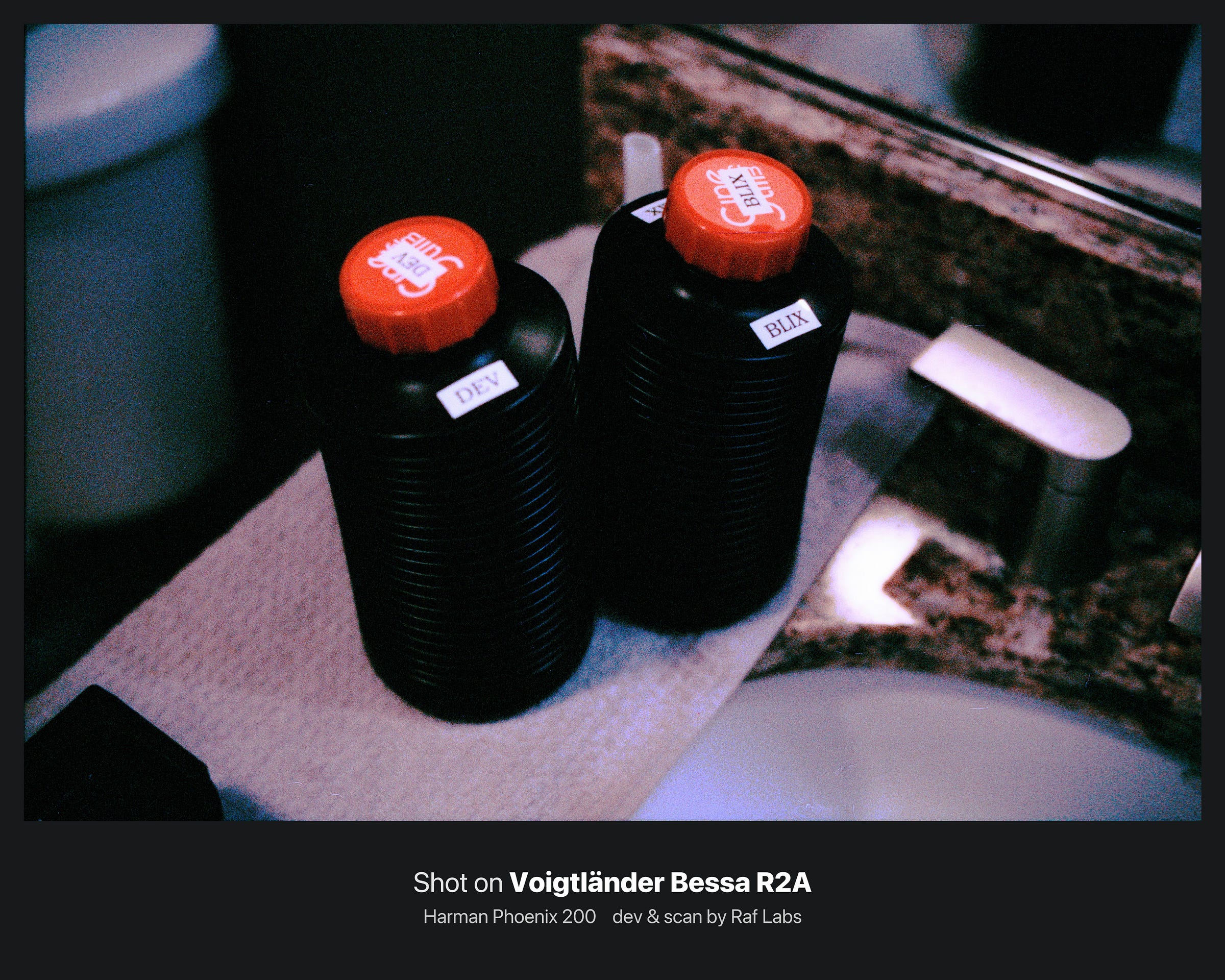
In a previous post called Film Photography During Modern Times (link below), I reflected on why film still matters in an era of instant digital capture. That reflection led to a bold next step: controlling every phase of the process, from loading the camera to pulling negatives out of a reel at home. It revealed that each roll of film is not simply a record of light but a canvas waiting for the right chemistry to bring it to life. Observing this change firsthand reinforced Walter’s words and underlined the heart of the film’s enduring appeal.
Embracing the Miracle of Chemistry
Science and art unite when hidden images emerge in the blink of an eye.
Developing film at home often feels like a carefully choreographed mix of science and art. Chemicals measured and heated to precise temperatures work together, and during those moments, hidden images emerge on strips of plastic. While Laboratories handle this on a larger scale, there is something uniquely rewarding about being the one to mix the solutions, monitor the timing, and gently agitate the tank.
Seeing the negatives for the first time always sparks a sense of wonder. Tiny frames that were once invisible become windows of color or black-and-white tones. This transformation never loses its mystery. It recalls the most fascinating parts of a chemistry class: the moment when separate elements come together and produce something entirely new. In this sense, film photography can be viewed as a study of change—matter interacting with light and chemistry to form meaningful images.
High Risk, High Reward
Embracing the unknown makes each success feel like a personal triumph.
Film demands a patient mindset, even when exposure and composition are well understood. The real results remain unseen until development is finished, turning each shot into a small exercise in faith. Labs have earned their place by delivering consistent, professional outcomes, but their schedules can mean waiting weeks for a finished roll.
Home development places both success and failure entirely in personal hands. Mistakes may ruin an entire roll, yet the feeling of triumph when everything goes right is hard to match. Beyond that, feedback arrives in just a few hours, preserving vivid memories of the shooting session. This faster turnaround supports a more immediate learning curve, adding new energy to the entire experience. Rather than diluting the mystery of the film, it intensifies the excitement and highlights how each step is part of the transformation that Walter White described.
We, photographers, know that in every film roll, there is one picture that we know is the best, the 5-star, the creme de la creme, and seeing it there in the filmstrip right after developing, is something that a Lab cannot give me. I know it’s there, and from that moment on, I just need to take care of that small piece of gelatin.
Navigating the Challenges
Every hurdle, from temperature control to loading reels, refines technique and patience.
Home development does come with its share of hurdles. Color film often requires very specific temperatures, so tools like sous vide devices (for stable water baths) or the AGO Film Processor comes to rescue in order to keep the process consistent. Calibrating these gadgets adds a new layer of technical detail but ensures that chemical reactions proceed smoothly.
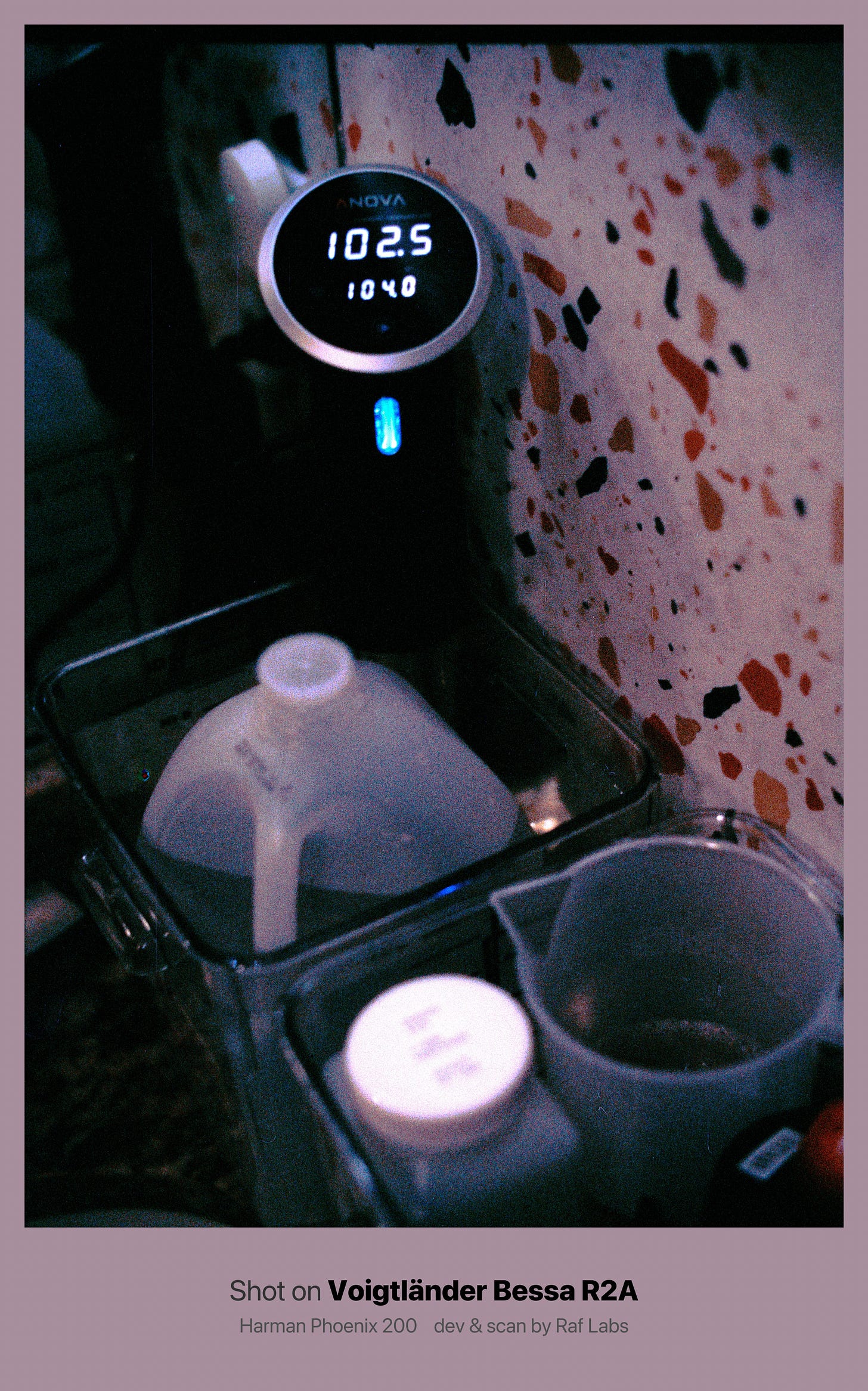

Loading the film into Paterson reels inside a changing bag is another challenge. Total darkness forces reliance on touch alone, and a slight misalignment can cause the film to bend or jam. Early attempts often feel clumsy, but persistent practice turns these initial frustrations into lessons in coordination and care. Photography guides by individuals like Nick Lopresti provide reassurance that such challenges are normal, and each solution found along the way strengthens both skill and confidence.
Coming Full Circle
While Labs remain pillars of the analog world, yet home development brings a deeper sense of ownership.
Professional Labs remain essential for large-volume work or special film types, and their expertise underpins the entire analog community. Deciding to develop at home is not a rejection of Labs, but a path toward a more intimate relationship with film. By witnessing each stage of the process, from mixing chemicals to rinsing the negatives, the distance between capturing a scene and seeing its final form narrows.
Observing this transformation firsthand deepens respect for film’s unique characteristics. The same qualities that make analog photography slower and less predictable also make it captivating. The invisible becomes visible, guided by both careful technique and the inherent unpredictability of chemistry. This interplay supports Mr. White’s idea that real fascination lies in the study of change.
Expanding the Creative Process
Personal control over every step nurtures resiliency and encourages fearless experimentation.
Bringing film development into a personal space also invites ongoing experimentation. Different film stocks with special color profiles or grains can be tried without the recurring cost of Lab fees. Each roll becomes a chance to test new exposures, push or pull film, or explore alternative techniques. While mistakes happen, they cultivate resiliency, lessons learned stick and inspire renewed attempts.
This cycle of testing and refining fuels a creative mindset, turning ordinary scenes into fresh opportunities. A bright, sunny day might prompt overexposure for soft highlights, while an overcast afternoon could inspire pushing the film for stronger contrast. Each session becomes a conversation between the photographer’s intentions and the film’s natural responses, connected by the chemistry of development.
Deeper Connections and Personal Growth
Slowing down the process sparks a richer appreciation for every frame.
In a society driven by instant digital feedback, the analog approach offers a deliberate pace that encourages thoughtful reflection. Each shot lingers in memory until the negatives are ready, creating a deeper context for the final images. By the time the tank is opened, those frames hold not just the captured scene, but also the recollection of conditions and decisions that shaped them.
Mastering these methods becomes an ongoing journey. There is a sense of mindfulness in measuring, mixing, timing, and handling each strip of film. It goes beyond simply learning a technique. The process nurtures an appreciation for the quiet power of chemistry and the value of slow, careful work. The outcome is not merely a set of photographs, but a profound understanding of photography as an art of transformation.
What’s Ahead?
Darkroom printing awaits, where the transformation continues under a red safelight.
Darkroom printing is the next logical phase after home development. Moving from negatives to prints under the warm glow of a safelight reveals yet another layer of change. Watching an image materialize on photo paper in a tray of developer must be a powerful experience, adding tactile depth to the final product. Some prints may end up in a gallery or shared with those who appreciate the physical nature of analog work.
In every step, Walter White’s quote remains a guiding principle. Film photography, through home development and beyond, is a testament to the idea that chemistry is not just about matter, but about how matter transforms. Embracing this view highlights why developing film at home is more than just a pastime. It becomes a dance between science and creativity, between planning and surprise—underscoring that there is still space in today’s fast-paced world for the slower, more reflective magic of analog photography.
“I am not in danger, Skyler,
I AM THE DANGER.”
— Heisenberg







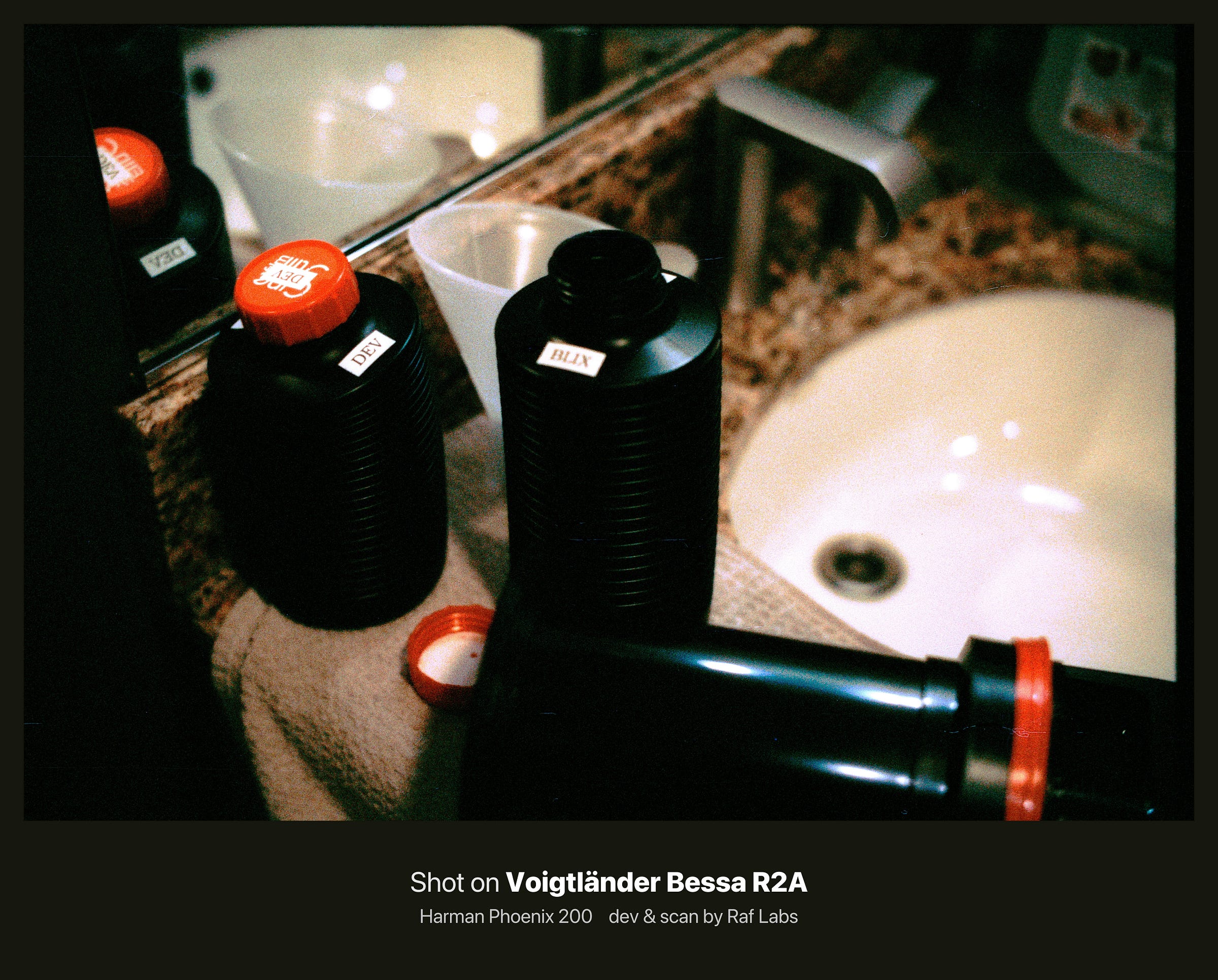

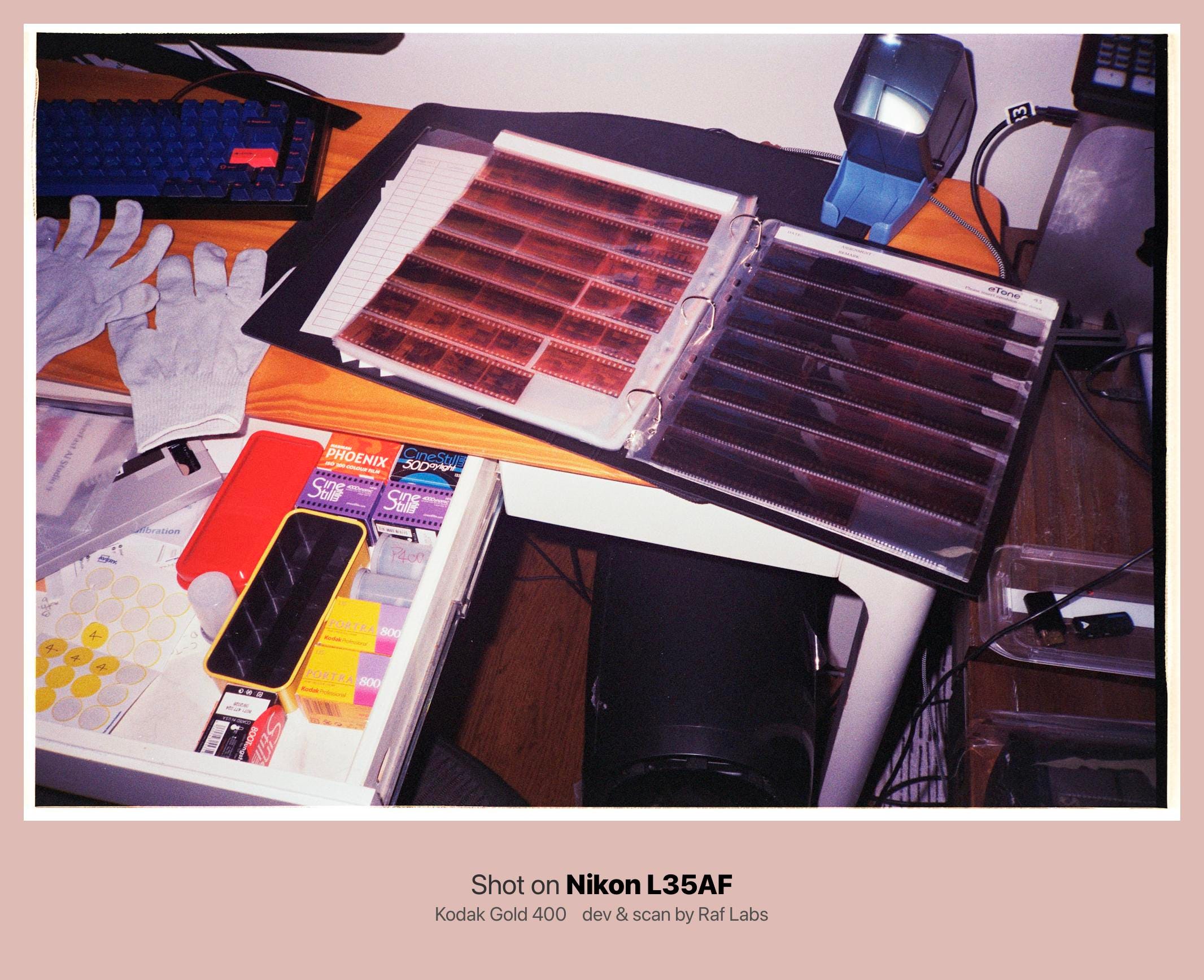
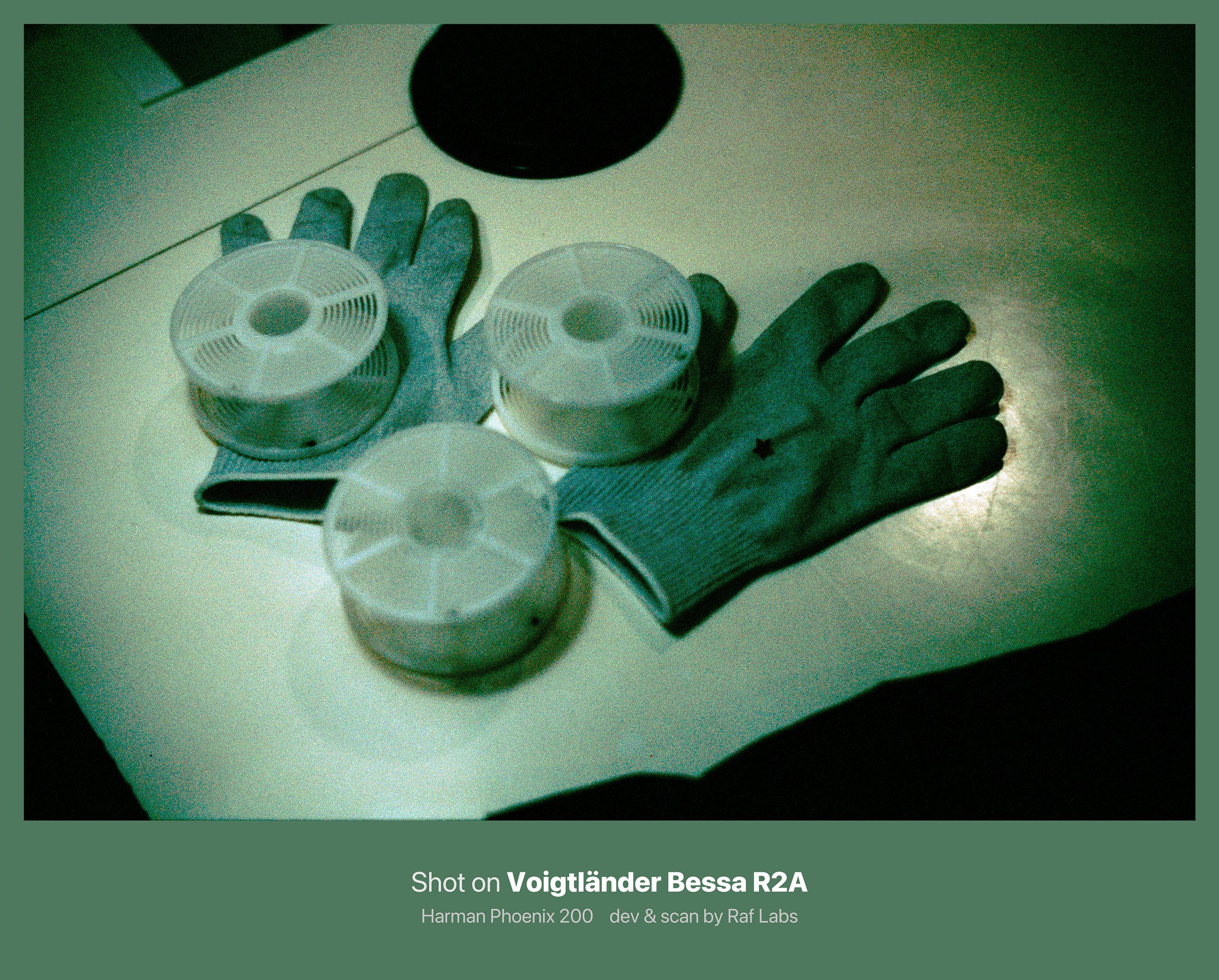
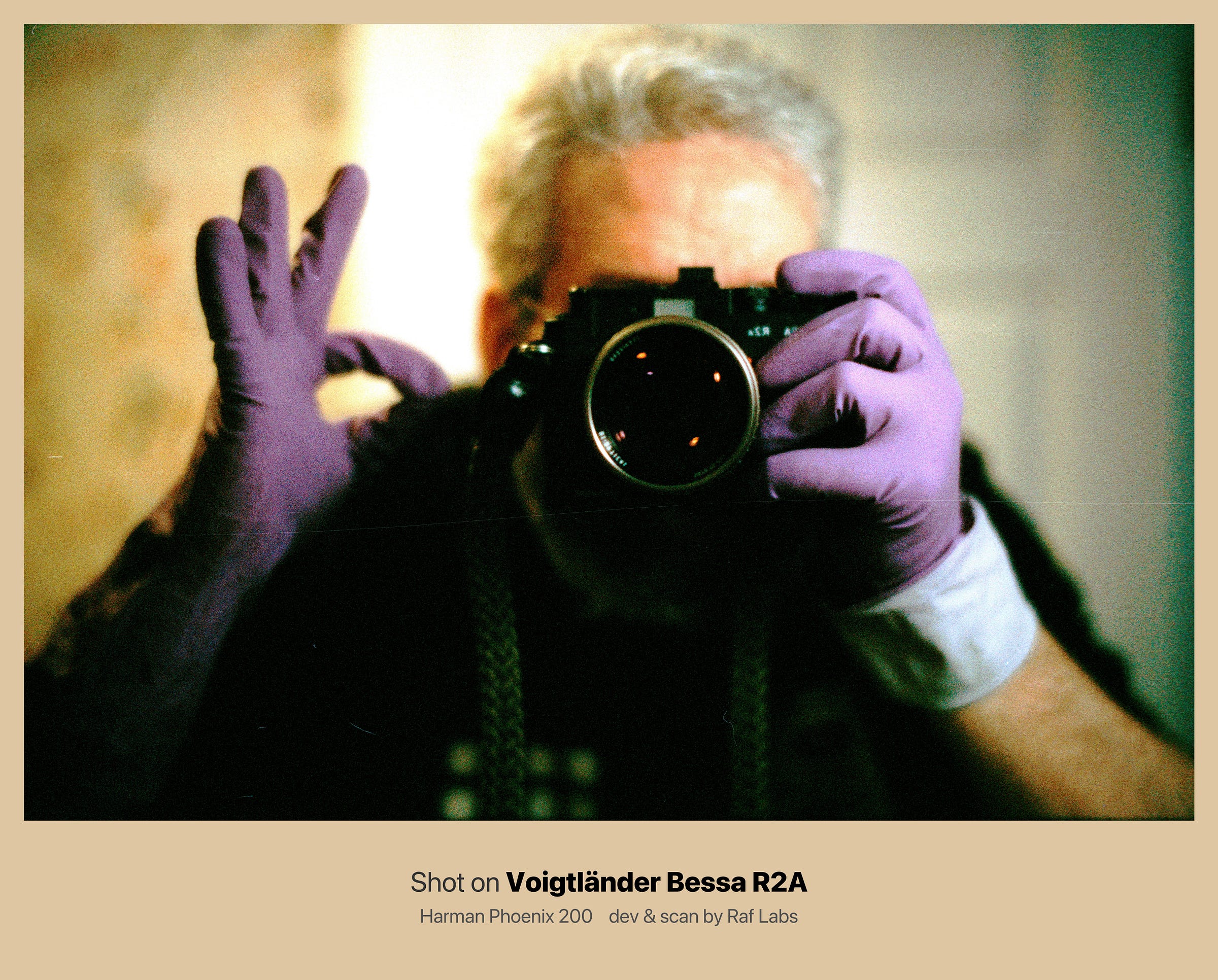
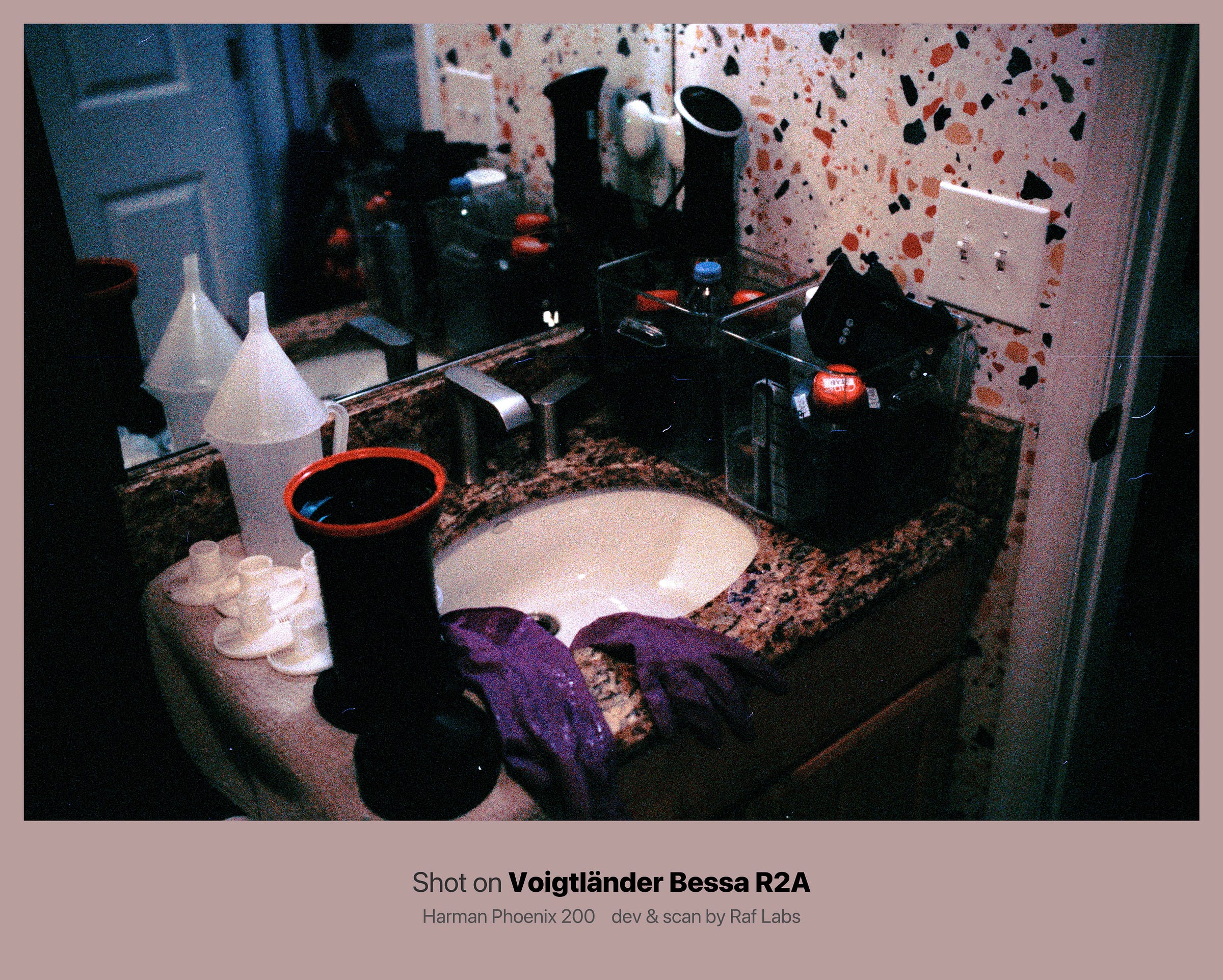


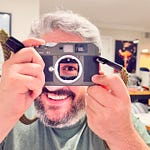


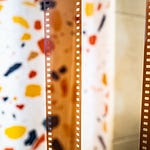

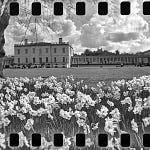
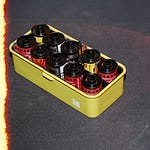
Share this post